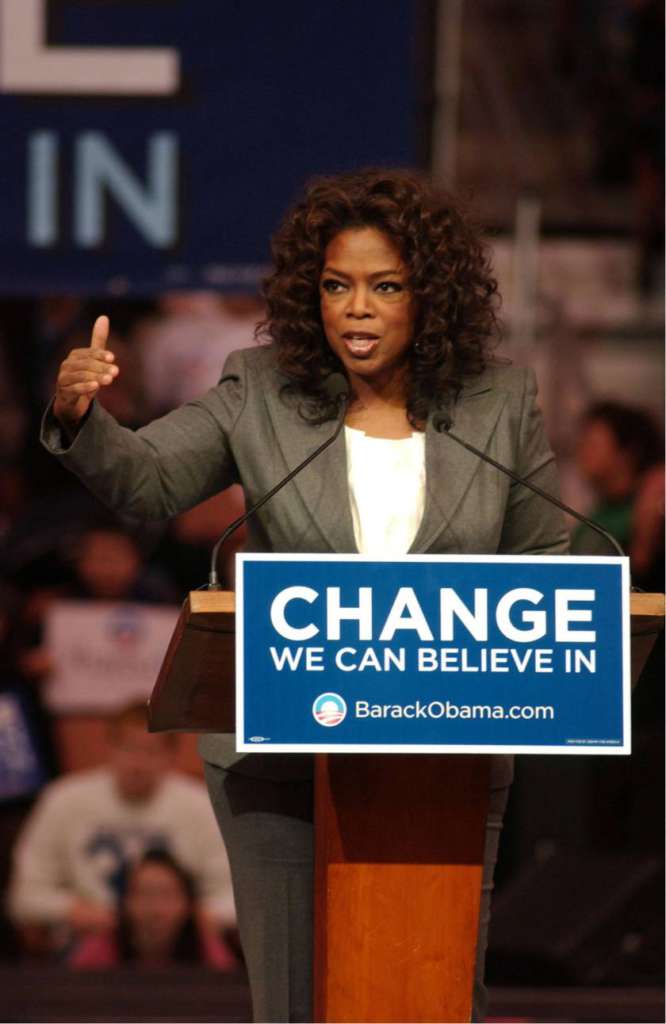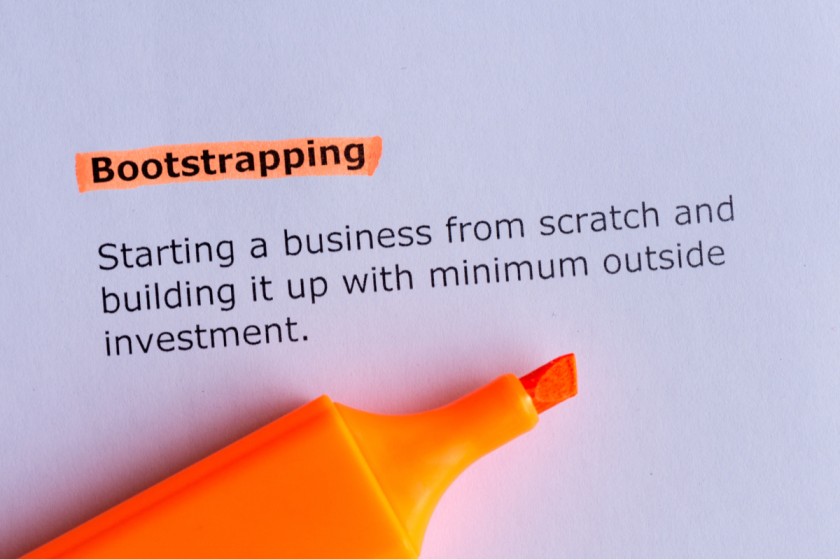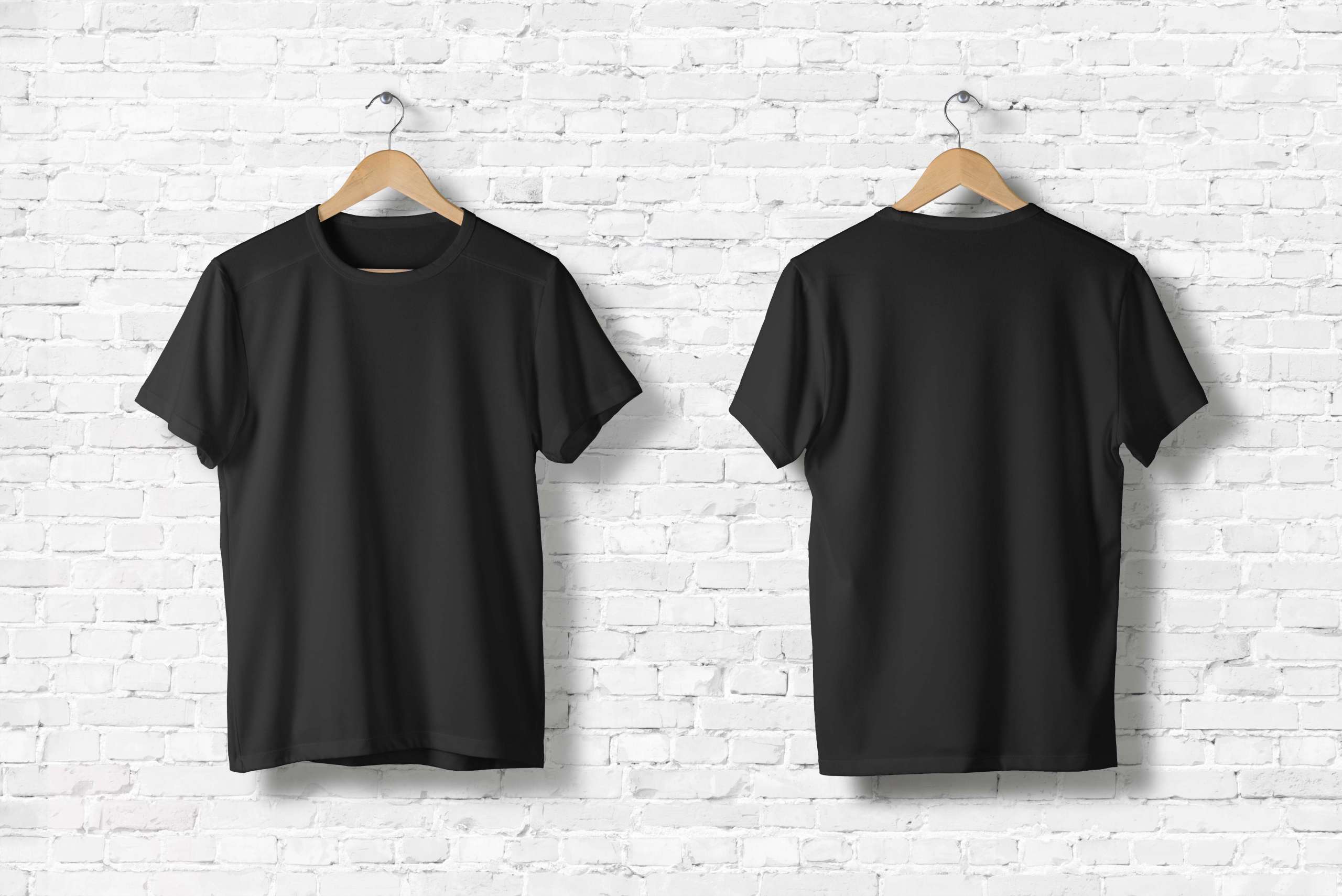Bootstrapping Your Fashion Brand with $1000: A Guide From Fashinza



Bill Gates. Elon Musk. Mark Zuckerberg. Donald Trump. What do they all have in common? Each of these entrepreneurs have wealthy parents. And those parents helped them start up their own businesses. For example, Donald Trump started off in real estate with a “small loan of a million dollars” from his father. Mark Zuckerberg took “a $100,000 loan from his father to start Facebook.”
The writing on the wall is clear: you cannot launch a brand if you don’t have wealthy parents. You can give up your hopes of being a fashion entrepreneur. Or is it?
For every successful entrepreneur who came from a wealthy background, there is another who didn’t. For every Bill Gates and Mark Zuckerberg, there is Howard Schultz and Oprah Winfrey.

We are not denying the impact of generational wealth in setting up a business. But it is also not true that you need massive amounts of capital. In fact, you can launch your own fashion brand with less than $1000. Let’s take a look at how you can do that.
To DIY or not to DIY? (i.e., DIY or Delegate)
When you are starting out, a crucial question to ask yourself is how you want to run your business. Which parts (of the startup) would you handle yourself? Which parts would you delegate/outsource?
Delegating and outsourcing tasks allows you to focus on the aspects of the business which need more attention. You can also do more of what you’re good at and enjoy. The downside is that delegating/outsourcing can be expensive. Hiring employees and independent contractors raises your startup costs and burns capital. Thus, the fashion entrepreneur must choose what to invest: their time or their money.
Launching a fashion brand on a barebones budget means a DIY model that is time and energy intensive. Think of it this way: your time is relatively less valuable (and thus more expendable) than the money in your pocket. With $1000, you will have to operate your startup in a “lean and mean” fashion (i.e., mostly by yourself). Eventually, as the startup scales and gets funding, your time becomes more valuable. This is the stage when you delegate or outsource tasks and save time.

Let’s look at some core aspects of your business that you may (or may not) want to delegate.
Sourcing
You don’t want to bite off more than you can chew. When starting out with your fashion brand, think big BUT also execute small. Doing otherwise can mean burning through your capital faster than you can say, “I’m broke!”
Inventory is often a significant obstacle for fashion entrepreneurs who are starting out. The trick is to find a supplier who is aligned with your goals and budget. Start off with a small inventory of 30 to 50 pieces. Analyze which products are selling well. Re-order only the bestsellers to secure maximum ROI. Also, figure out whether you want to produce locally to outsource. For instance, if you’re a US-based brand, producing locally would be more expensive than outsourcing it to manufacturing hubs like Bangladesh or India. Say if you want to source t-shirts, producing 30 pieces at $5 each would only cost you $150, leaving you with $850 that you can invest in other things.
Now coming to the question of delegation, overseeing the entire production process yourself will not only eat up your time but it can be exhausting physically and mentally. It’s basically a team job, which is why delegating the headache to professionals who know how to get things done is the best way to go about it. At Fashinza, we have helped 20+ startups to launch their first collections with a minimal budget, and if you need any help or guidance, we are just one text away.
Accounting
Worried about tax season and how it impacts your brand? Are you struggling to organize your invoices and records? If the paper trail of your business is taking up too much time, then it’s time to hire a bookkeeper. Venture capitalist Fred Wilson recommends that you hire third-party service providers for bookkeeping as this is cheaper for the early stage startup.
Entrepreneur Inez Ruiz states that you should also hire a chartered practice accountant (CPA). This is because a CPA (whether in house or third party) can deal with your startup’s tax issues, especially during tax season.
Receptionist/Personal Assistant.
No. Pepper Potts can wait! It’s tempting to hire someone to schedule the meetings and handle the calls. But this eats up much needed capital that should be diverted to other parts of the business (e.g., product).
VCs like Fred Wilson may also see the presence of a PA/receptionist as a bad sign. In Wilson’s view, an early stage startup should be “spending money on the things that really matter.” Translation: you may be impacting your ability to get VC funding since you’re not running a “lean and mean” startup.
Hiring your Pepper Potts can wait. So can the (this goes without saying) ball pit and the in-house vegan juice bar. Remember: your capital is limited to $1000. As the startup scales, hire a PA by all means but not before that time comes.
Website Building
Your startup needs a website in order to thrive. In fact, around 64% of small businesses use a website to connect with their customer base. Making a website by yourself is simple enough if you’re tech savvy. What if you have never built a website? It doesn’t hurt to do it yourself: there are several website building guides for Wordpress, Wix and Squarespace.
Even though it is easier now to build a website, the task is daunting for those who are not tech savvy. Websites for fashion startups also require more design and tech skills to make. This is because fashion websites feature high quality, polished videos and images along with ecommerce integrations.
Due to these factors, at Fashinza we recommend that fashion entrepreneurs hire a web designer. This saves time and money in the short and long term. Also, since fashion websites today require ecommerce integration, we recommend using platforms like Shopify (prices are around $29/month).
Tech Tasks and Issues
Tech issues and tasks should not, in general, take up much time and money during the early stages of a fashion startup. Should you need technical help, hiring third party agents is advisable. Later, as you scale your business, you will need to hire IT specialists to secure your technical assets and for bug resolution.
Social Media
Handling the socials for your fashion startup is significantly easier if you are social media savvy and if you are an established influencer. In our experience, young fashion entrepreneurs can handle social media by themselves. As such, we recommend that entrepreneurs handle socials for their startup during the initial stages of operation.
As your brand grows, it is recommended that you hire a social media manager and influencers. They can help make a startup go viral and boost its presence on social media.
Miscellaneous Expenses
For start-ups, it is advisable to spend a few extra dollars on custom packaging labels (i.e., labels featuring your brand logo). This will help boost your brand visibility. Lastly, you may have to spend money on technical infrastructure. At minimum, this entails running electricity, a stable Wifi connection and a working PC. We have chosen not to include these costs within our $1000 estimate as entrepreneurs usually have these amenities in place before creating their startup.
When is the best time to Launch your Fashion Brand?
The short answer is now! The coronavirus pandemic has been on the backfoot since its heyday in 2020. Across the world, vaccinated consumers are stepping out and the global economy is picking up. Ecommerce markets, which experienced a boost during the lockdown, are still holding strong and growing.
The market picture is not entirely optimistic. There is always the possibility of a new coronavirus variant infecting people. Should that happen, the world may go into another lockdown! Local economic factors and policy decisions may also affect the viability of your startup.
All things considered, the post-lockdown market indicates that launching your brand now is the best time. Fashion entrepreneurs should read our blog for updates and analyses on prevailing (and future) market conditions.
Conclusion
A wealthy father as your angel investor is an advantage. But it’s not the be-all and end-all of successful entrepreneurship. In other words: you absolutely can launch your couture startup on a shoestring (capital) budget!
If you take any message away from this article, it is that you can. This goes especially for women entrepreneurs and/or entrepreneurs from minority groups: you can launch your dream startup in the fashion world. You may not have everything you need when you’re starting out. But that’s okay. As self-made entrepreneur and philanthropist Oprah Winfrey puts it: “Do what you have to do, until you can do what you really want to do.”



















